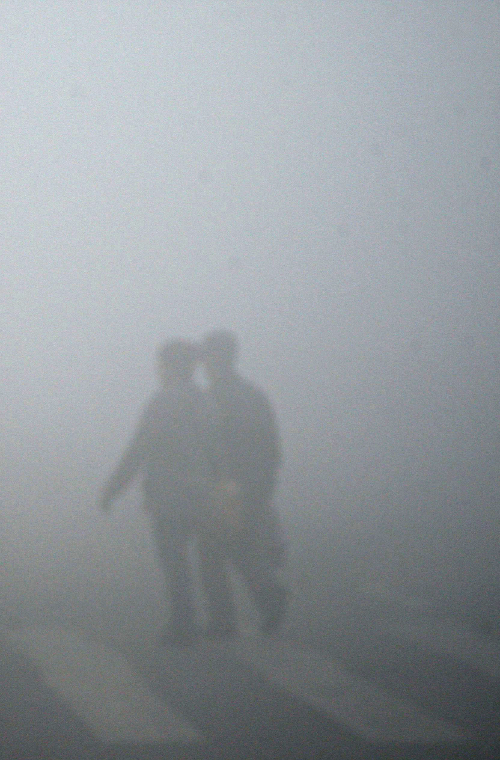China's smog fight renewed
 Chinese Premier Li Keqiang is latest to claim he will improve the country’s toxic air.
Chinese Premier Li Keqiang is latest to claim he will improve the country’s toxic air.
Speaking at the opening of the annual National People's Congress, Li Keqiang said reducing smog – China’s most visible environment issue - a priority for the leadership.
Protests rage across the country in cities where residents says chemical plants and garbage incinerators are spewing increasing amounts of dangerous pollution.
“We will make our skies blue again and take effective steps to tackle heavy air pollution,” he told almost 3,000 delegates in the Great Hall of the People.
“We will strengthen research on the causes of smog to improve the scientific basis of the steps taken. Tackling smog is down to every last one of us and success depends on action and commitment.”
The Chinese government plans to upgrade coal-fired power plants to ultra-low emission standards, and prioritise projects to integrate renewable energy sources into the electricity grid.
China’s thirst for wind and solar power has run faster than it ability to supply that power to the grid, so capacity is often wasted when grid operators are using traditional energy sources like coal and gas.
While China still depends largely on coal plants, its coal consumption has dropped for the last three years in a row.
Coal is now used for 62 per cent of China's total energy needs.
“All key sources of industrial pollution will be placed under round-the-clock online monitoring,” Mr Li said.
Environmental groups welcomed a pledge to publically disclose the data.
Senior coal campaigner for Greenpeace Lauri Myllyvirta told reporters that the speed up in air-cleaning efforts was expected, after the government missed previously targets laid down in 2013.
“It will require very dramatic steps to achieve those targets for this year,” Mr Myllyvirta said.
Mr Li says those steps will include increased efforts to deal with vehicle emissions by taking old vehicles off the roads and encouraging cleaner fuel source cars.
The Government also pledged to cut sulphur dioxide and nitrogen oxide emissions by 3 per cent this year.
Additionally, the density of PM2.5 fine particulate matter will fall “markedly” in key areas, it says.








 Print
Print